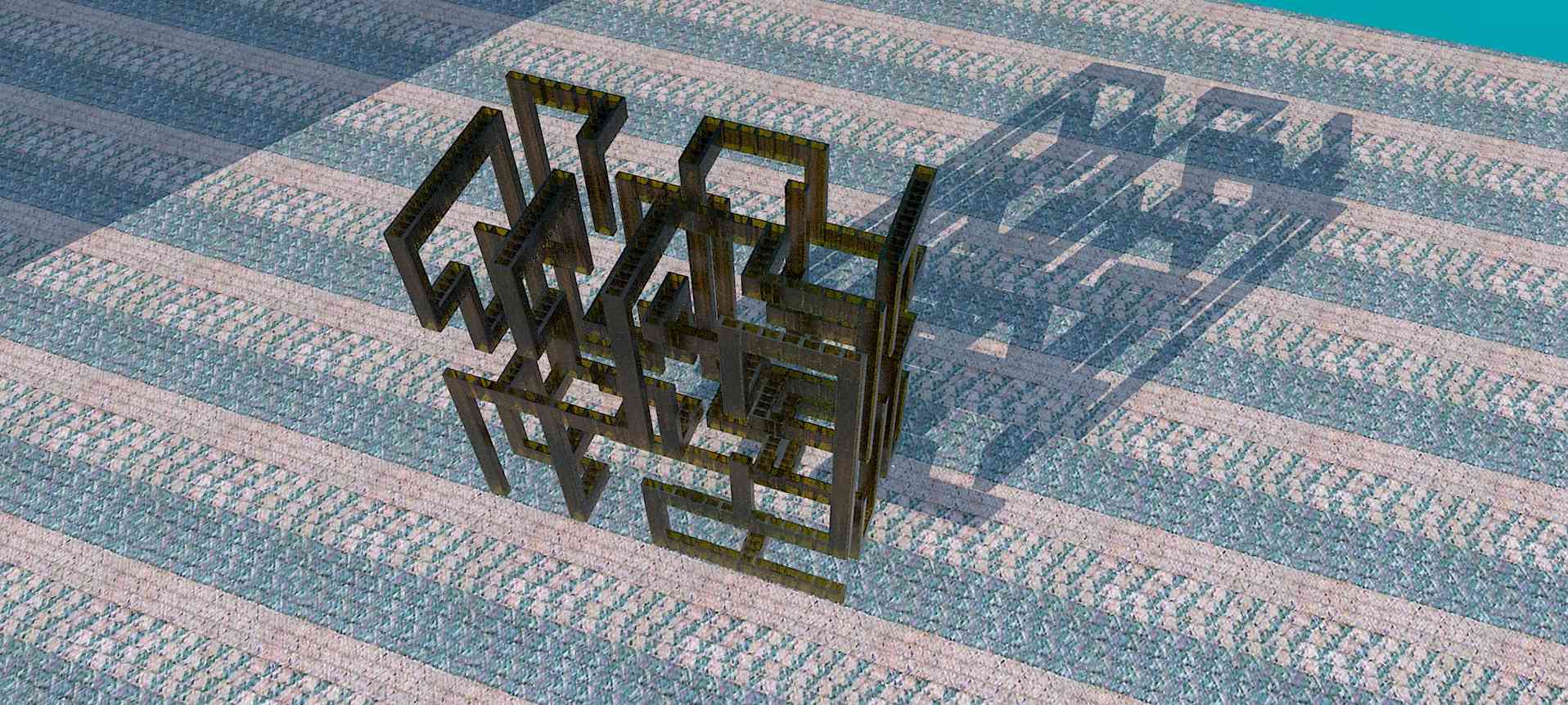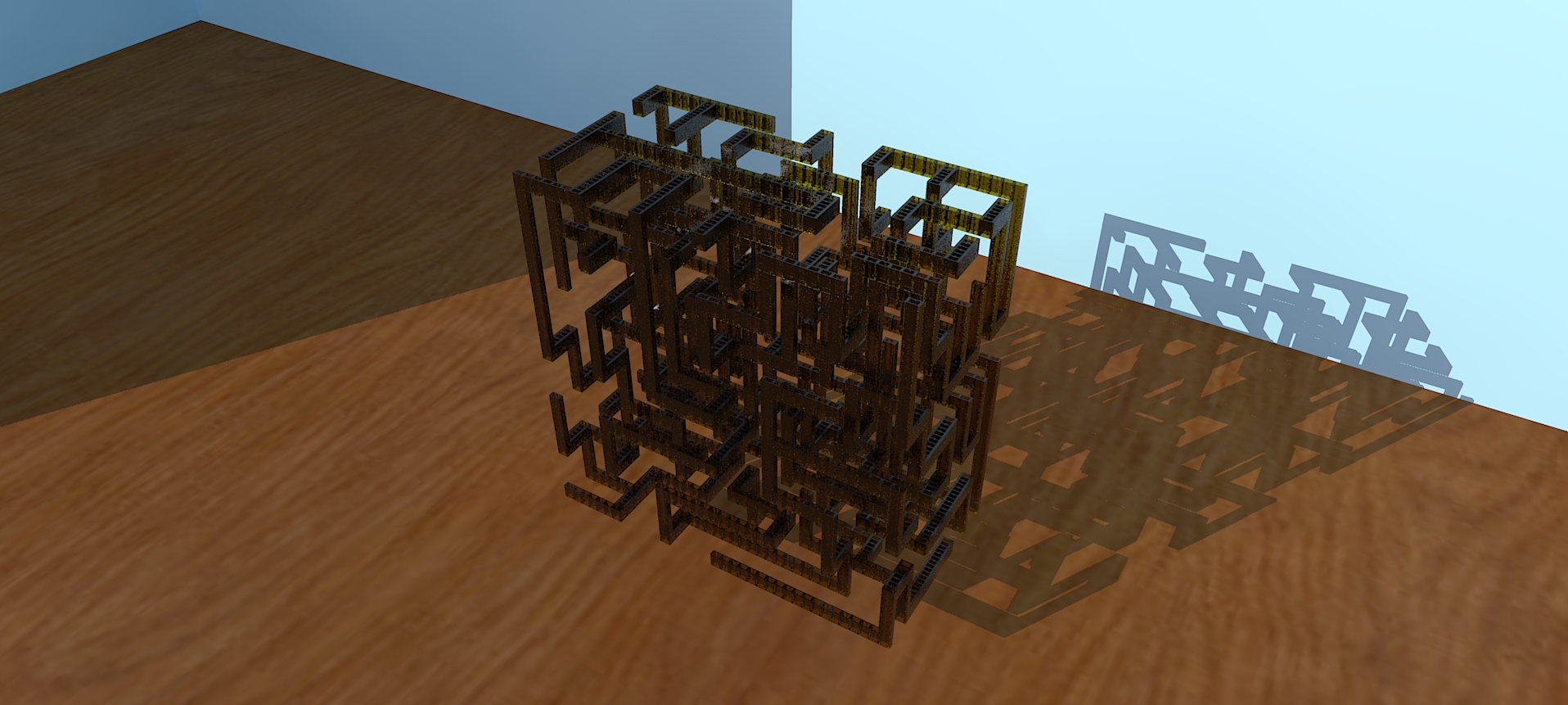Environmental Issues
Saving Trees
-
Plastic Pollution
-
Plastic Sequestering
-
Plastic Manufacture
-
Other Materials
BACKGROUND
[0002] Architectural design is often limited by the compromise of artistic design, structural
integrity, and budgetary constraints. Constructing curved structural beams with the desired surface appearance is labor intensive, costly, and often difficult to make – especially load-bearing curved beams. Many materials used in construction (e.g., steel, aluminum, wood) have a relatively high carbon footprint as well as environmental damage due to mining, stressing threatened species, and disrupting ecosystems due to deforestation. While plastics that end up in landfills are not helpful to our environment, their durability may be well suited for playing a larger role in construction and reduce the negative externalities of construction by sequestering hydrocarbons into buildings rather than burning them and releasing carbon dioxide and other pollutants into our atmosphere. For example, polyvinylchloride (PVC) is currently made from natural gas but new sustainable processes have been eveloped to produce ethylene, the primary feedstock for making plastics, using solar, water, and carbon dioxide by mimicking natural photosynthesis. Using plastic or plastic-composite materials for making structural components for general construction of houses, sheds, or larger buildings and structures can significantly reduce the carbon footprint and environmental damage associated with contemporary construction materials. The inventions described herein are directed at simplifying the problems associated with constructing shaped structural beams.
Here is an excerpt from the Patent:



